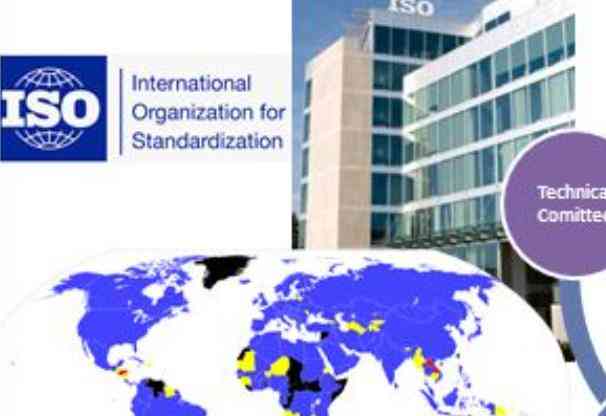|
UDC 669.3: 620.17
IS0
I Pi T E R N AT I O NA L O RG A N I ZAT I O N FO R STAND AR D IZ AT I O N
IS0 RECOMMENDATION
R 398
BEND TEST FOR COPPER AND COPPER ALLOYS
1st EDITION
November 1964
COPYRIGHT RESERVED
The copyright of IS0 Recommendations and IS0 Standards
belongs to IS0 Member Bodies. Reproduction of these
documents, in any country, may be authorized eref fore only
by the national standards organization of that country, being
a member of ISO.
For each individual country the only valid standard is the national standard of that country.
Printed in Switzerland
Also issued in French and Russian. Copies to be obtained through the national standards organizations.
---------------------- Page: 1 ----------------------
BRIEF HISTORY
The IS0 Recommendation R 398, Bend Test for Copper and Copper Alloys, was
26, Copper and Copper Alloys, the Secretariat
drawn up by Technical Committee ISO/TC
of which is held by the Deutscher Normenausschuss (DNA).
Work on this question by the Technical Committee began in 1958 and led, in 1961,
to the adoption of a Draft IS0 Recommendation.
In February 1962, this Draft IS0 Recommendation (No. 496) was circulated to all the
IS0 Member Bodies for enquiry. It was approved by the following Member Bodies:
India Sweden
Australia
Bulgaria Italy Switzerland
Burma Japan Turkey
Canada Netherlands United Kingdom
Denmark Poland U.S.S.R.
Finland Portugal Yugoslavia
France Republic of South Africa
Germany Spain
Two Member Bodies opposed the approval of the Draft:
Belgium, U.S.A.
The Draft IS0 Recommendation was then submitted by correspondence to the IS0
Council, which decided, in November 1964, to accept it as an IS0 RECOMMENDATION.
-3-
---------------------- Page: 2 ----------------------
IS0 / R 398 - 1964 (E)
IS0 Recommendation R 398 November 1964
BEND TEST FOR COPPER AND COPPER ALLOYS
1. SCOPE
This IS0 Recommendation relates to the bend testing of wrought products of copper and copper
alloys excluding wires and tubes.
2. PRINCIPLE OF TEST
A straight solid prismatic or round section test piece is subjected to plastic deformation by
bending without reversing the direction of flexure during the test. The bending is carried out
until one leg of the test piece makes, under load, a specified angle U with the extension of the other
(see Fig. 2, page 6). The axes of the two legs of the test piece remain in a plane perpendicular to
the axis of bending.
Unless otherwise specified, the test is carried out at ambient temperature.
3. SYMBOLS AND DESIGNATTONS
Number Symbol Designa tion
a Thickness or diameter of test piece
Width of test piece
b
-
Distance between support rollers (Figs. 1 and 2) or, for a
V-block, the opening of the vee (Fig. 3)
U
Angle of bend
R Radius of support rollers
Diameter of mandrel
D
-
Radius of curvature of forming tool
r Internal radius of bend of the test piece after bending
-5-
---------------------- Page: 3 ----------------------
IS0 / R 398 - 1964 (E)
, “w ,?
FIG. 1
FIG. 2
-6-
---------------------- Page: 4 ----------------------
IS0 / R 398 - 1964 (E)
4. TEST PIECE
4.1 The test piece is generally of rectangular cross-section. The edges are rounded to a radius
not exceeding 1/10 of the thickness. However, a test on a test piece the edges of which have
not been rounded is acceptable, provided that the result of the test
...














